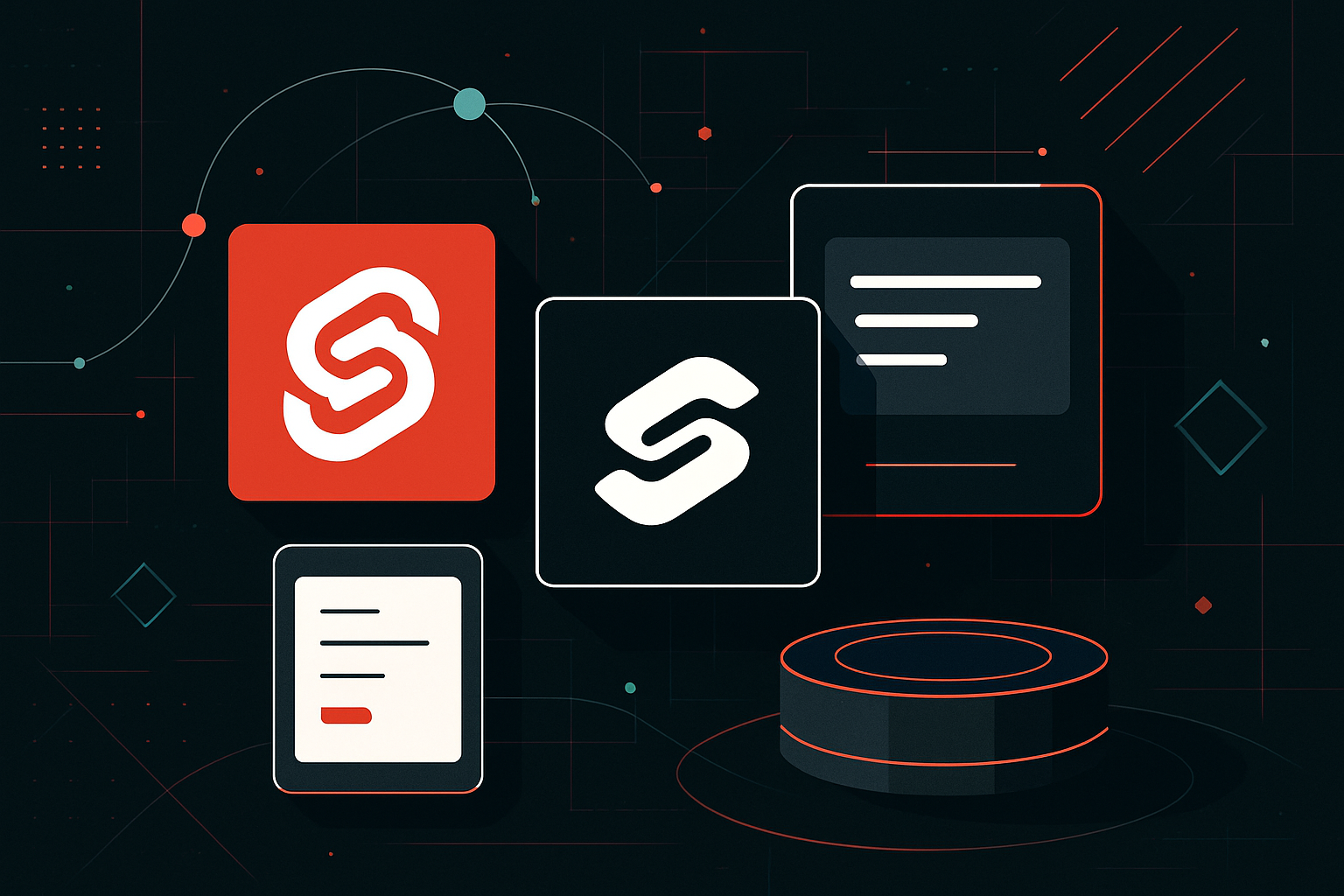AI Models in Financial Risk Assessment

AI Models in Financial Risk Assessment
Overview of AI in Financial Risk Assessment
AI models are increasingly being employed in financial risk assessment to enhance accuracy, efficiency, and predictive capabilities. These models leverage vast datasets, sophisticated algorithms, and machine learning techniques to identify potential risks and make informed decisions.
Types of AI Models Used
1. Machine Learning Models
- Decision Trees: Used for classifying and predicting risk levels based on historical data.
- Random Forests: Combines multiple decision trees to improve prediction accuracy and manage overfitting.
- Support Vector Machines (SVM): Used for classification tasks by finding the best hyperplane that separates data into different classes.
- Neural Networks: Particularly useful for complex patterns and non-linear relationships in data.
2. Deep Learning Models
- Convolutional Neural Networks (CNNs): Primarily used for image data but also applicable in identifying patterns in time-series data.
- Recurrent Neural Networks (RNNs): Suitable for sequential data, often used in predicting stock prices and market trends.
3. Natural Language Processing (NLP) Models
- Sentiment Analysis: Used to gauge market sentiment from news articles, social media, and financial reports.
- Topic Modeling: Helps in extracting relevant topics and trends from unstructured data.
Key Techniques and Algorithms
Data Preprocessing
- Data Cleaning: Removing duplicates, handling missing values, and correcting errors.
- Normalization: Scaling features to a standard range to improve model performance.
- Feature Engineering: Creating new features or modifying existing ones to enhance predictive power.
Model Training and Evaluation
- Training: Using historical data to train models, typically via supervised learning.
- Cross-Validation: Ensuring model robustness by training on multiple subsets of data.
- Evaluation Metrics: Common metrics include accuracy, precision, recall, F1-score, and AUC-ROC.
Hyperparameter Tuning
- Grid Search: Testing a predefined set of hyperparameters to find the optimal combination.
- Random Search: Randomly sampling hyperparameters, which can be faster than grid search in high-dimensional spaces.
Implementing AI Models: A Practical Example
Step-by-Step Implementation of a Random Forest Model
-
Data Collection: Gather historical financial data and relevant risk factors.
-
Data Preprocessing:
“`python
import pandas as pd
from sklearn.preprocessing import StandardScaler
data = pd.read_csv(‘financial_data.csv’)
data.fillna(method=’ffill’, inplace=True) # Fill missing values
scaler = StandardScaler()
scaled_data = scaler.fit_transform(data.drop(‘Target’, axis=1))
“`
- Model Training:
“`python
from sklearn.model_selection import train_test_split
from sklearn.ensemble import RandomForestClassifier
X_train, X_test, y_train, y_test = train_test_split(scaled_data, data[‘Target’], test_size=0.3, random_state=42)
model = RandomForestClassifier(n_estimators=100, random_state=42)
model.fit(X_train, y_train)
“`
- Model Evaluation:
“`python
from sklearn.metrics import accuracy_score, classification_report
predictions = model.predict(X_test)
print(“Accuracy:”, accuracy_score(y_test, predictions))
print(“Classification Report:\n”, classification_report(y_test, predictions))
“`
Comparing AI Models for Risk Assessment
| Model Type | Strengths | Weaknesses |
|---|---|---|
| Decision Trees | Easy to interpret, handles categorical data | Prone to overfitting |
| Random Forests | Reduces overfitting, high accuracy | Computationally intensive |
| SVM | Effective in high-dimensional spaces | Not suitable for large datasets |
| Neural Networks | Handles complex patterns | Requires large datasets and tuning |
| RNNs | Good for sequential data | Can suffer from vanishing gradient |
| NLP Models | Analyzes unstructured data effectively | Requires large labeled datasets |
Actionable Insights
-
Integrate Multiple Models: Combining models like Random Forests with Neural Networks can leverage the strengths of both techniques.
-
Focus on Data Quality: Ensure data is accurate and comprehensive to improve model outcomes.
-
Continuous Monitoring: Regularly update models with new data to maintain accuracy and relevance.
-
Leverage Cloud Computing: Utilize cloud platforms for scalable computing resources, especially for deep learning models.
-
Invest in Feature Engineering: Effective feature engineering can significantly enhance model performance and predictive accuracy.
By understanding and implementing these AI models, financial institutions can better manage risk and improve decision-making processes.





0 thoughts on “AI Models in Financial Risk Assessment”